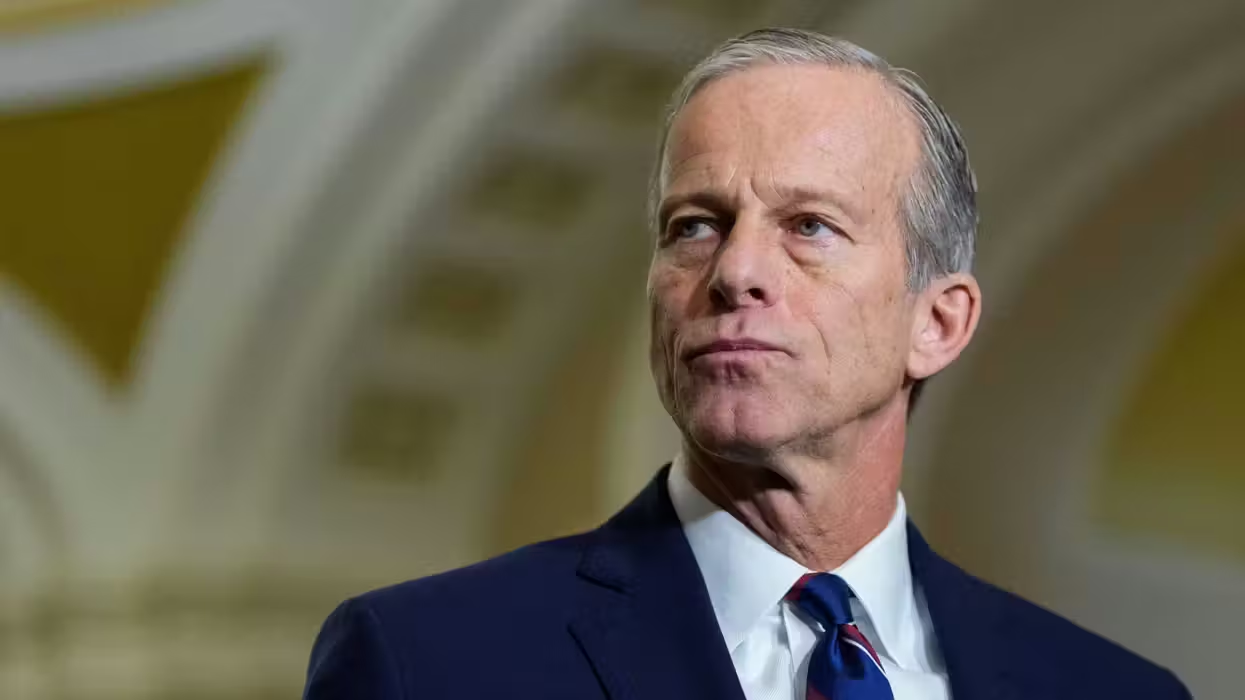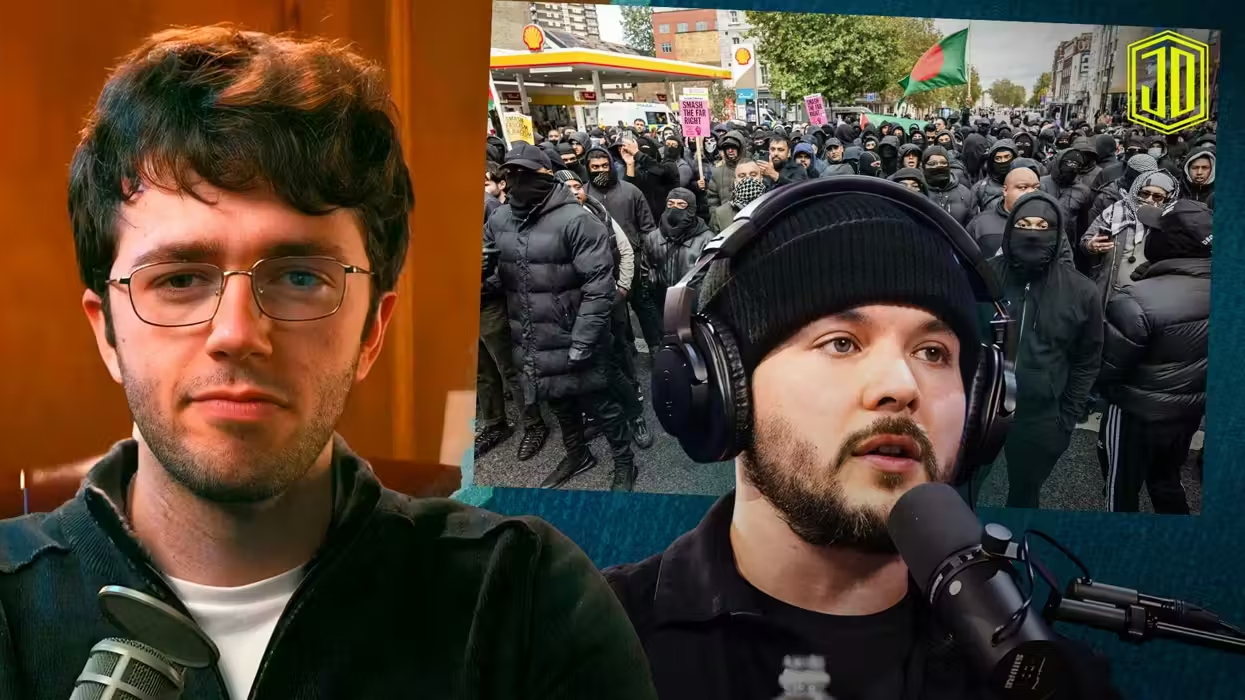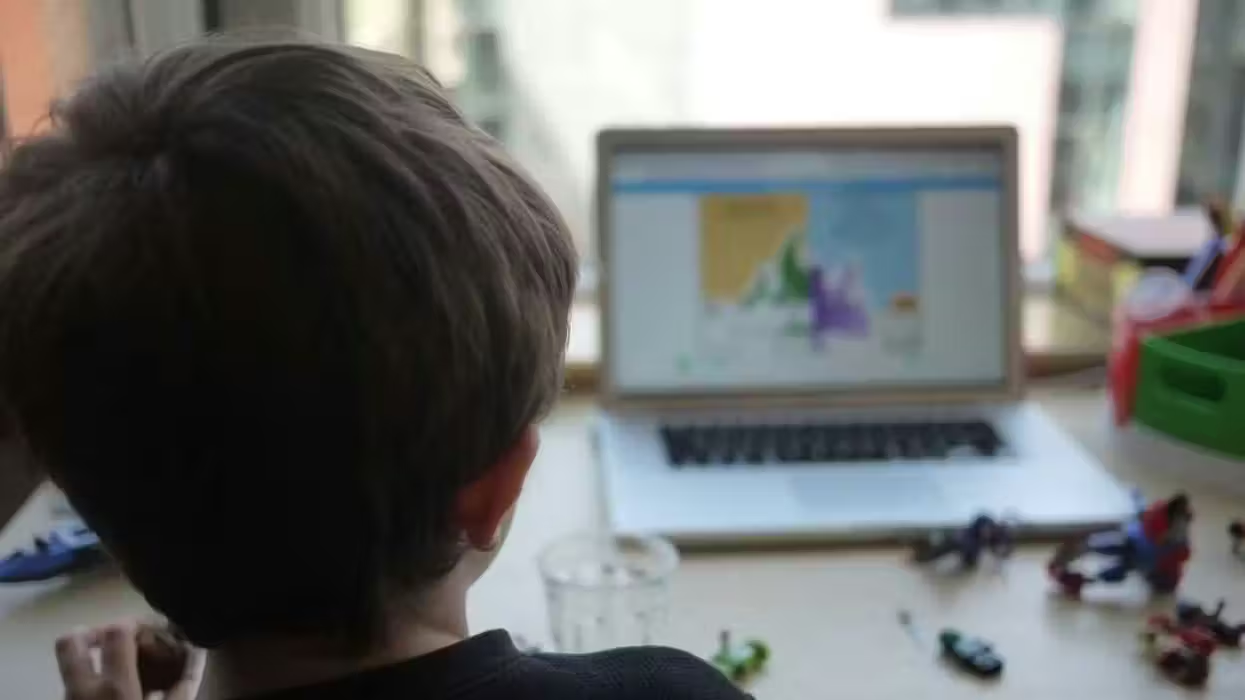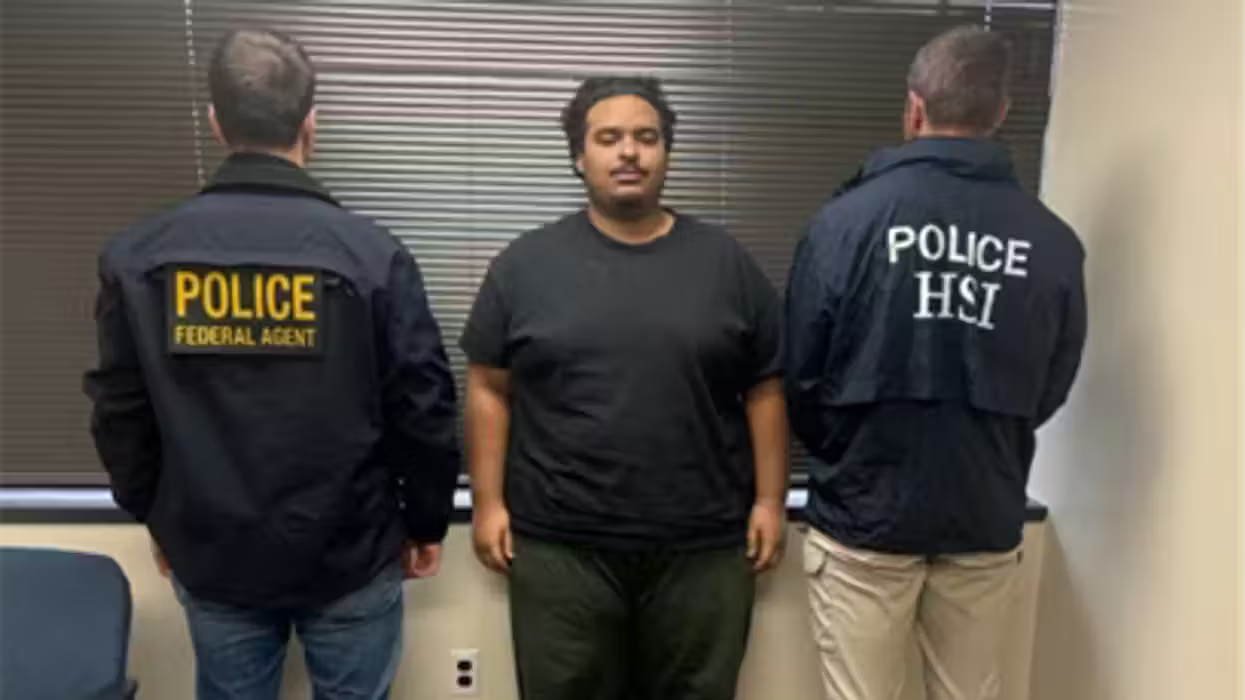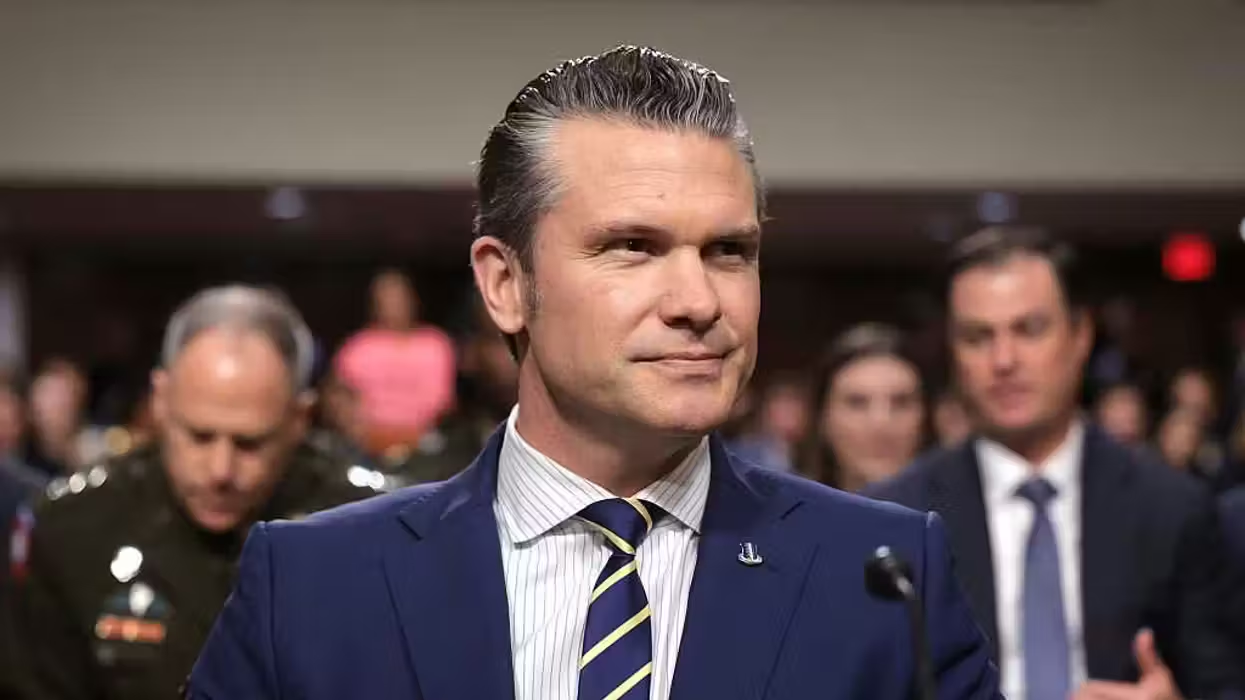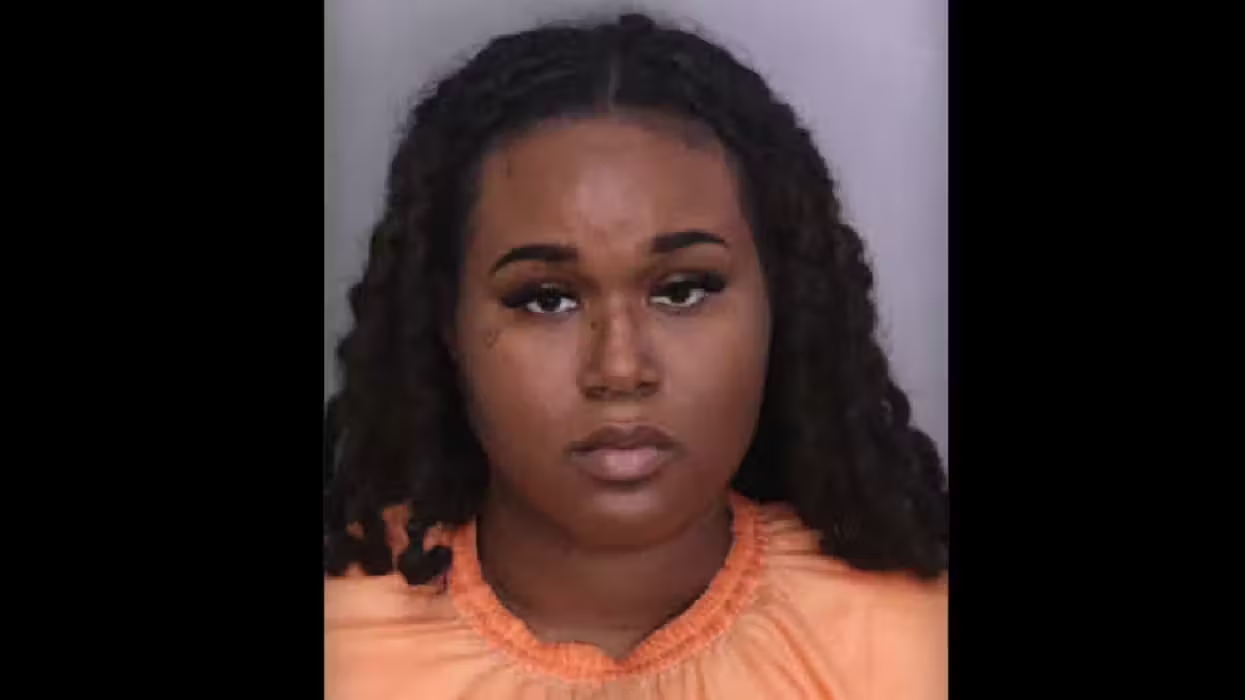
© 2025 Blaze Media LLC. All rights reserved.
What can a single prayer do? Can it start a revolution to motivate an enslaved people and help bring down an evil empire? In the case of one uttered by Pope John Paul II – now a Catholic saint – in 1979, it would certainly appear so.
New on Netflix this month is the 2016 documentary “Liberating a Continent: John Paul II and the Fall of Communism,” which details the role the late leader of the Catholic church had in helping end the Cold War and set millions free from the grips of communist reign.
From losing his mother at a young age to his symbolic walk-through of Berlin’s Brandenburg Gate in 1996, the documentary follows the life of John Paul II (born Karol Józef Wojtyla), whose courage, faith, and resilience was an invaluable ingredient in bringing down the Soviet Union.
According to papal biographer George Weigel, life under perpetual repression in Poland left a permanent mark on the young Wojtyla, which would spur him to a lifelong mission to uphold and defend the dignity of humankind.
The film follows the future pontiff as a young man from his time studying in a secret seminary — run by the archbishop of Krakow while under the thumb of the Third Reich — to his days as a courageous young priest who stood up and organized against the Polish communist regime’s destruction of the family and civil society.
During that time, Wojtyla created “zones of freedom,” where people were able to reflect on their faith amidst a repressing, dehumanizing regime (eventually leading to a failed Kremlin-driven assassination attempt of him in 1980).
One notable vignette of “Liberating a Continent” recalls how the Archbishop Wojytla fought the commies over the planned city of Nowa Hutta, which was intentionally designed without a church. Wojtyla held midnight Christmas masses in the freezing cold, fighting for years to plant a church in the Soviet-planned “workers’ paradise.”
When he ascended to the papacy in 1978, Wojtyla would take on both the name of John Paul. “There is no more church of silence because now it speaks with my voice,” he is remembered as saying after his election.
The major turning point of the film’s story is during the monumental papal pilgrimage of June 1979, when the pope visited his captive homeland for nine days. Those nine days would hold over 50 public appearances and give birth to Solidarity – a voluntary, independent, anti-communist workers’ movement that would eventually bring the country’s ruling regime to its knees.
In “Liberating a Continent,” former members of Solidarity and scholars recall not only the ravages of communism – e.g. religious persecution, man-made famine, medicinal shortages, constant disarray – but also how the words of their spiritual leader and countryman, John Paul II, spurred them on to resist their proxy Kremlin government.
JP2, as he is often abbreviated in Catholic circles, did not speak explicitly of politics of economics, but rather of the truth of Poland’s history and culture, offering the simple truth that the captured people were “not who [the communists] say you are.”
One prayer in particular, the film recalls, served as the “first domino” in toppling the Soviet regime. “Let your Spirit descend and renew the face of the Earth, and the face of this land,” prayed the pope.
The rest, as the cliché goes, is history.
From that visit, the Solidarity movement sprang. An unjust release of a worker in the city of Gdansk eventually led to widespread strikes throughout communist Poland. It was so widespread, it eventually brought the regime to the table and Solidarity leader Lech Walesa demanded that the offer given to the strikers be given to all.
This influence eventually flooded into the rest of the Soviet bloc and the Polish pope’s intellectual and spiritual influence would permeate further than the Kremlin ever could have desired. And the Soviet Union, of course, would eventually collapse in 1991.
But without the pilgrimage that John Paul II made to Poland in June of 1979, says Karl Anderson, Supreme Knight of the Knights of Columbus and vice president of the John Paul II Institute, “There is no Solidarity movement. And without the Solidarity movement, there is no liberation of Poland.”
“So,” Anderson says, “the spiritual dynamic that John Paul II brought within and behind the Iron Curtain was absolutely essential to what was to occur in the liberation of a continent.”
If you find yourself shuttered indoors by rain this weekend, or sometime in the future, you might end up turning to a cup of coffee or two, some comfortable sweats, and some well-earned rest time on the couch.
But rather than restart a rainy-day binge session of that same old sitcom, why not learn about how faith, courage, and inspiration helped bring a murderous regime falling to the ground?
Want to leave a tip?
We answer to you. Help keep our content free of advertisers and big tech censorship by leaving a tip today.
Want to join the conversation?
Already a subscriber?
more stories
Sign up for the Blaze newsletter
By signing up, you agree to our Privacy Policy and Terms of Use, and agree to receive content that may sometimes include advertisements. You may opt out at any time.
Related Content
© 2025 Blaze Media LLC. All rights reserved.
Get the stories that matter most delivered directly to your inbox.
By signing up, you agree to our Privacy Policy and Terms of Use, and agree to receive content that may sometimes include advertisements. You may opt out at any time.

